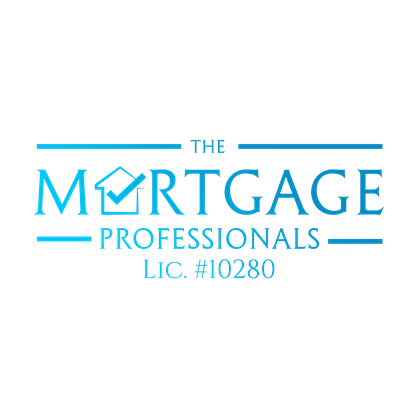
Brian Matthey
BROWSE
PARTNERSMy Rant on Bank of Canada Increases and the Media! Know the Facts!
10/25/2018
I have watched with interest the media hype around the increase in the Bank of Canada increase. Many people assume the increase applies to fixed rates, as well, but they are set on a different basis, completely apart from anything the Bank of Canada does. The media coverage also speculates on how homeowners will cope with higher interest rates ,given the high debt loads.
Here's the facts:
The real cost for this increase in real dollars is as follows:
1)If you have credit card debt, those rates will stay the same at 18% plus.
2)If you have an unsecured line of credit or a secured line of credit the cost is $2.08/$10,000
3)If you have a variable rate mortgage, your payment would increase by $13.43/$100,000
If you have had a variable rate mortgage for a few years you have already gained substantially in interest over where fixed rates were.
You have gained even more if your payment was set higher than what was required by interest rates at the time.
For many, your payment will not change, only your contribution to principal.
There may be more increases. Depending on your discount from prime, your rate may come close to or exceed current fixed rates in effect at the time.
Bank of Canada rates are cyclical, depending on inflation. They are increased in advance of indications of inflationary pressure as they take time to work their way through the economy. That inflationary pressure appears to be there and yet the last numbers for September were negative. The Bank of Canada has to be careful not to overshoot.
Since 1991 there have been 5 times that variable rates matched 5 year fixed rates. It happened in 1991,1995,1989,2000 and 2006.Variable. rates have been much lower than fixed since 2006. Even know variable rates are priced around .64-.79% below current fixed high ratio and conventional rates.
The Bank of Canada's common claim is their concern about the high debt to income ratio that exists. They make no definition between mortgage debt and unsecured debt such as credit cards and lines of credit. Debt has gone up on the mortgage side due to higher housing prices and yet the government reports that the quality of borrower has improved under their new guidelines.
Fact: It wasn't a problem previously as default rates on high ratio insured mortgage loans before the government changes were 3/10th's of 1%.
The new guidelines have created a two-tiered mortgage rate system where established borrowers are paying more than a first-time buyers and have less choice on their renewal. The new guidelines unfairly prejudiced some homeowners forcing them to renew with their Bank at higher rates.
I am sure debt on the unsecured side has risen at a faster and more alarming rate because there are no controls in place to govern what the Bank's can do and cannot do on unsecured debt. The government limited our ability to help refinance to 80% of the value of a home, some time ago citing the same concerns about personal debt levels. When that took place, the Bank's knew they had open season on unsecured debt and every frontline staff member was expected to fulfil quota's for new products, including credit cards and lines of credit.
The increase in the Bank of Canada rate can be cyclical and we are heading to the peak in that cycle.
The issue on unsecured debt is not cyclical, but being totally ignored.
The real cost of Bank of Canada increases is minimal compared to the interest cost consumers face on uncontrolled unsecured debt.
If you have any concerns about your own situation, I am always available to talk.
regards
Brian 613-561-2719 brian@mtgprof.com




























